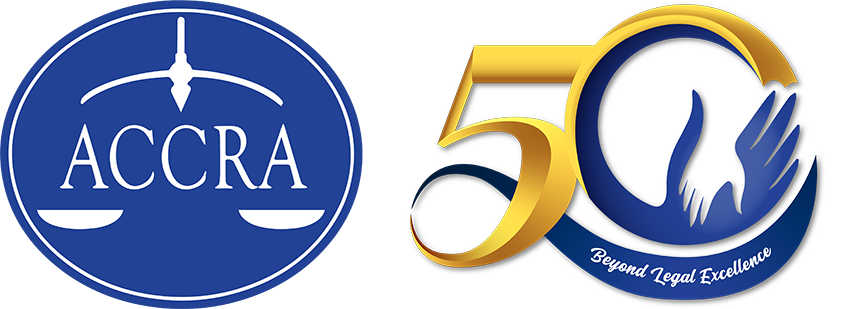Corporate governance is a system of rules and policies by which a company is directed and controlled. It influences the behavior of the company including how risks are managed and how objectives are set.
In the past decade, the interest in corporate governance, particularly in relation to accountability of its board of directors, exponentially increased.
With the collapse of high-profile corporations such as Enron, WorldCom, and MCI, Inc., the United States introduced the Sarbanes-Oxley Act which aimed to weed out corporations with bad governance and to restore public confidence. In Asia, the 1997 Asian financial crisis exposed the weak governance of many corporations, which led the business community to re-examine the effectiveness of their own corporate governance. The government, on the other hand, remains stricter than ever in imposing rules and regulations to restore public confidence.
In the Philippines, for publicly listed companies, the Security and Exchange Commission (SEC) has issued several listing guidelines that are required to meet certain governance standards, one of which is the implementation of the minimum public float requirement.
In order to become a publicly listed company, the SEC requires a certain percentage of a company’s listed securities to become part of the public float. The public float or free float represents the portion of outstanding stocks made available to the public investors for stock trading. This refers to the shares that are freely bought and sold by the public, meaning, those shares bought and sold to persons or organizations other than directors of the company and its subsidiaries and people connected to them.
Determining the public float is important for investors because it determines how many shares are actually bought and sold by the public, which in turn would show how valuable the stocks are by the number of times it is traded. The minimum public float requirement varies from country to country. In the Philippines, SEC issued Memorandum Circular No. 13, Series of 2017 (MC 13-2017) increasing the floating requirement on Initial Public Offerings from ten percent (10%) to twenty percent (20%).
Moreover, the SEC required those currently listed and traded in the Philippine Stock Exchange (PSE) to increase their public float to fifteen percent (15%) by the end of the year and again, increase the public float to twenty percent (20%) by the end of 2020.
Whether the minimum public float requirement should be increased or not is subject to many debates in the Philippines.
The MC 13-2017 cited four reasons justifying its increase. First, by increasing the minimum public float, the market depth increases. This means that the company will become more liquid which will then attract more investors. Second, increasing the minimum public float reduces market volatility, which helps in better price discovery. Third, large and dispersed shareholdings lessen the risk of collusive market action, hence, encouraging good governance. Lastly, a higher public ownership enhances free float market capitalization, which is important today especially with the ongoing ASEAN integration where the average minimum public float in ASEAN countries is at 20-25%.
Back in 2012, when SEC first imposed the ten percent (10%) requirement, a lot of companies had a difficult time complying with it. The reason is that the public float affects corporate governance either directly or indirectly through the market for corporate control.
While the MC 13-2017 cited its advantages, some companies were reluctant to increase such for reasons including increased disclosure, potential loss of control, and pressure to perform. Either way, when such MC 13-2017 will be implemented, erring companies will result in being subjected to administrative sanctions provided under Section 54 of the Securities Regulations Code.




